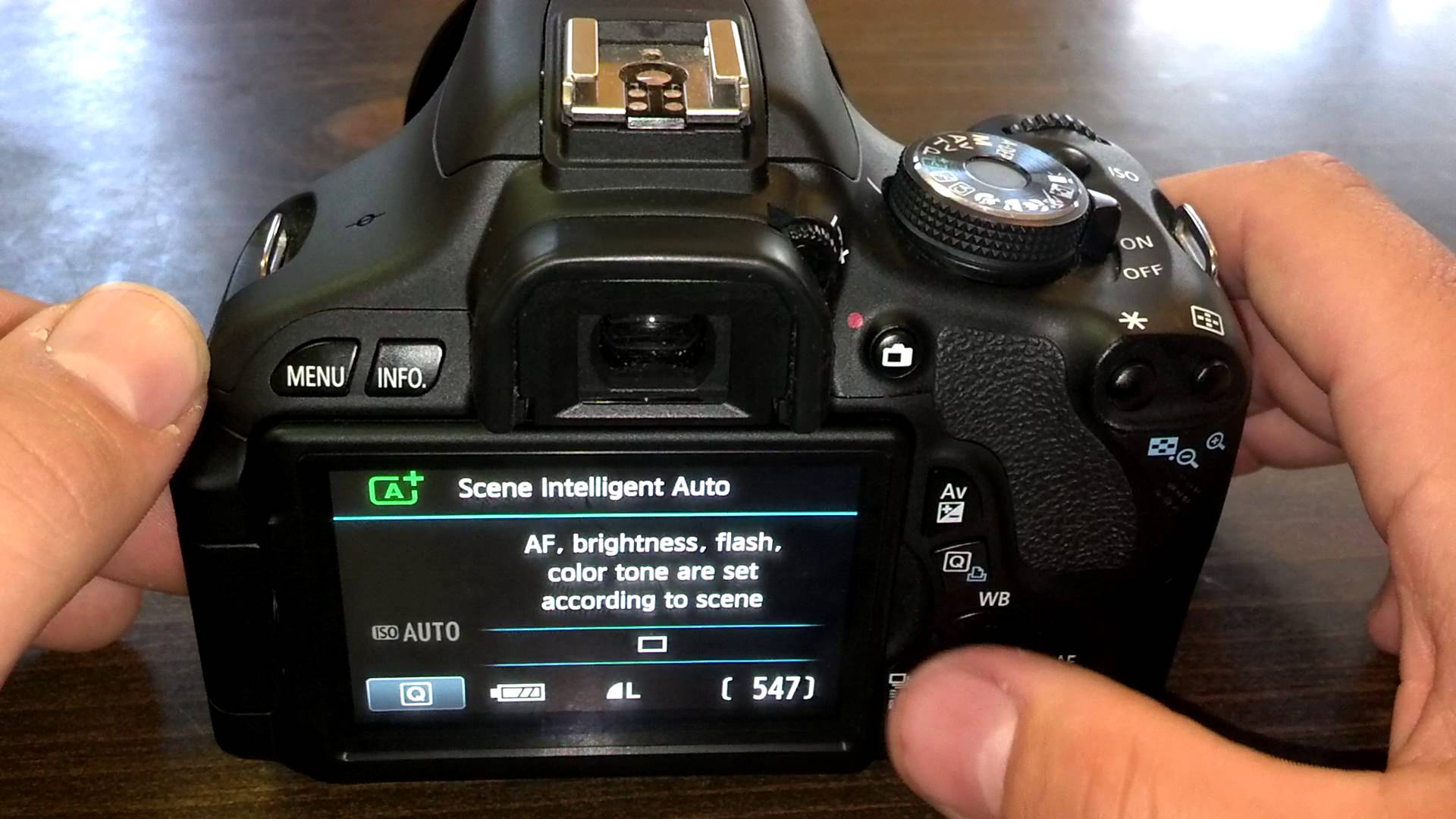Choosing the right metering type (also called pattern or mode) to use, is important for correctly setting camera exposure. The wrong metering type (or using the right meter in the wrong way), can result in over or under-exposed photos.
Metering type or mode should not be confused with exposure mode (aperture-priority, shutter-priority). Metering refers to how the SLR’s built-in light meter measures the light coming in from the lens (TTL: Through The Lens) and calculates a brightness value to send to the exposure mode computer.
Center-weighted Metering
In most photographs, the subject (usually people) is in the center. Although the concept of Poster Framing in Gold Coast is very common. If the background is lighter or darker than the subject, a simple averaging light meter will give the wrong brightness value.
This is where center-weighted meters come in. A center circle carries more “weight” when the light meter averages out the brightness across the scene, to come up with one overall brightness value. For example the Nikon D90 has a selectable 6, 8 or 10mm diameter circle (on a 24 x 16mm sensor) that is weighted at 75%, while the rest of the frame contributes only 25% of the final brightness reading.
It is a good default, general purpose mode to use for both beginners and professional photographers. By aiming-off and using exposure lock and compensation (or using manual exposure mode), even tricky lighting situations can be quickly and reliably handled.
For many situations metering off the floor or other mid-toned (medium brightness) area, then locking the exposure (pressing the shutter-release button halfway), results in accurate exposures:
- Backlight, where the sun is behind the person (aim the camera at the ground with the sun and sky completely out of the viewfinder, then lock the exposure).
- Very light or dark clothing (aim the camera at the floor: most carpets, tiles and wooden flooring will give the correct exposure).
If a suitable surface cannot be found, the camera can be aimed to straddle the border between a light and a dark area. Like a spot meter, exposure compensation can also be used together with metering off very dark or light areas (clothing, snow).
How to Use a Spot Meter
A spot meter measures the brightness of a small circle in the center of the viewfinder. For example the Nikon D90 uses a 3.5mm diameter circle in the center of the frame, for 100% of the brightness measurement.
The simplest way to use a spot meter is to measure a mid-toned area. Unlike a center-weighted meter, something as small as a person’s face can be used. The disadvantage is that moving the camera a bit can cause a large change in the brightness reading. This makes the spot meter unsuitable for quick exposures.
Like a center-weighted meter, a spot meter can also be used to meter white clothing or snow (add +2 exposure compensation) or dark clothing (add -2 exposure compensation).
Matrix (Nikon) or Pattern/Evaluative (Canon) Metering
Today’s computerized DSLRs use smart light meters that try to add a professional photographer’s judgment:
- The brightness and color of many different areas of the scene (10 to 100, often more) is measured individually.
- This pattern is compared (“evaluated”) against a database of thousands of professionally exposed photographs, which also contains information on any exposure compensation used.
- Based on the closest match, an adjusted brightness value is output.
This is supposed to handle tricky lighting situations such as backlight, snow, black clothing, candlelight etc. However, the results won’t be perfect. Intelligent use of center-weighted and spot meters will give more consistently good results.
Let’s say a photographer wants to photograph a man sitting in the shadow of a doorway, with a sunlit garden in the background (assume no flash is to be used):
- Portrait photographers will expose for the man and over-expose the garden.
- Landscape photographers will expose for the garden and leave the man in shadow, because we don’t see over-exposed areas in real life.
Depending on the photographer, either solution can be correct. The matrix meter will choose one solution, which may or may not be what the photographer wants. The photographer can aim-off and use exposure-lock to choose the area to expose for, but that’s just forcing the matrix meter to act like a center-weighted meter.
The Best Camera Metering Mode
Metering patterns aren’t as important as they used to be. The instant feedback that DSLR LCD screens give, means that photographers can quickly adjust the camera to fix any exposure errors.
Center-weighted metering is a good general purpose mode to use, especially with even lighting. If used with exposure-lock or manual exposure, uneven lighting situations can often be handled. Spot metering is even better for uneven lighting.
Matrix or Evaluative metering should be avoided, as the photographer doesn’t know what it will do under different circumstances.


